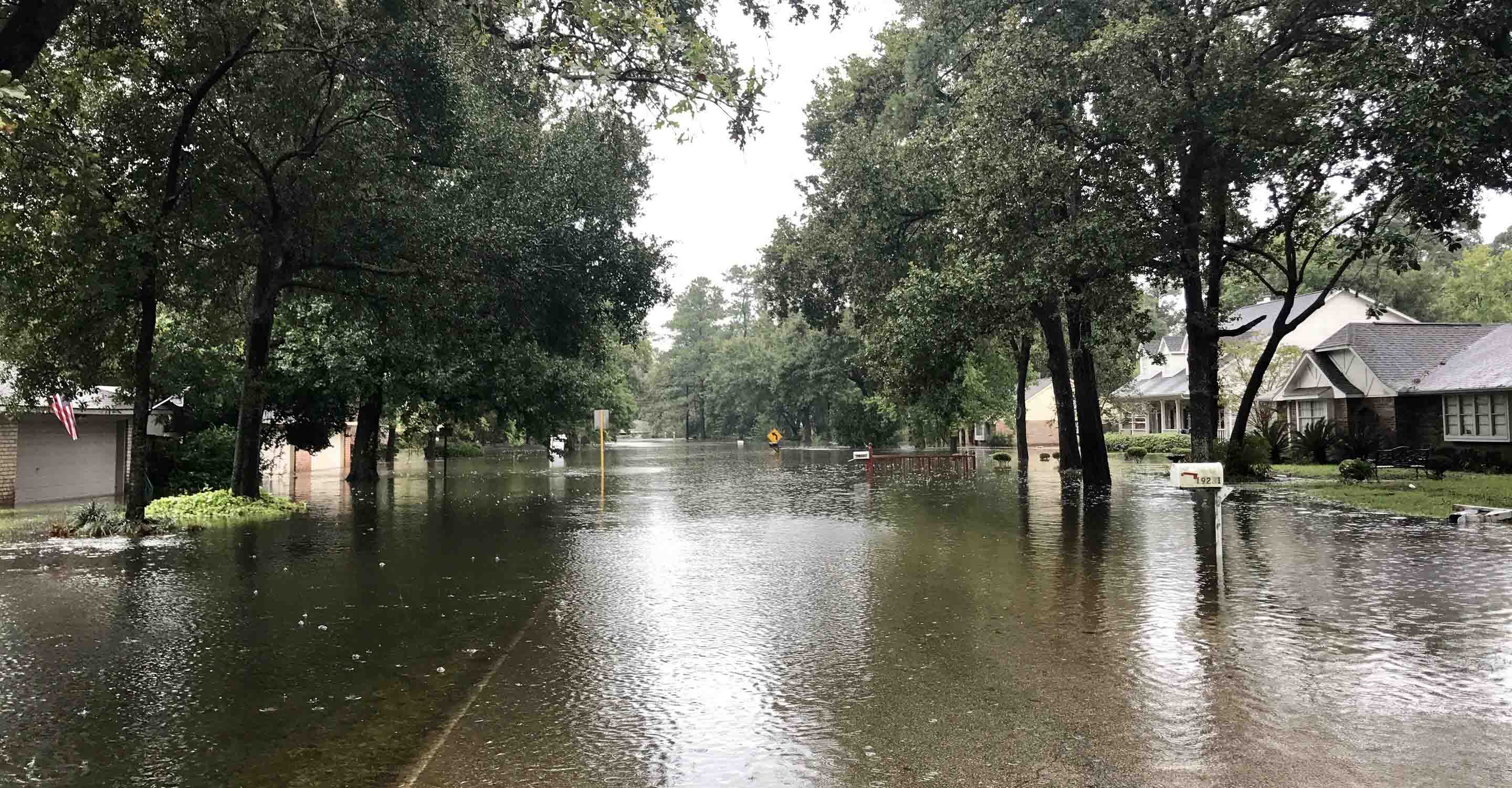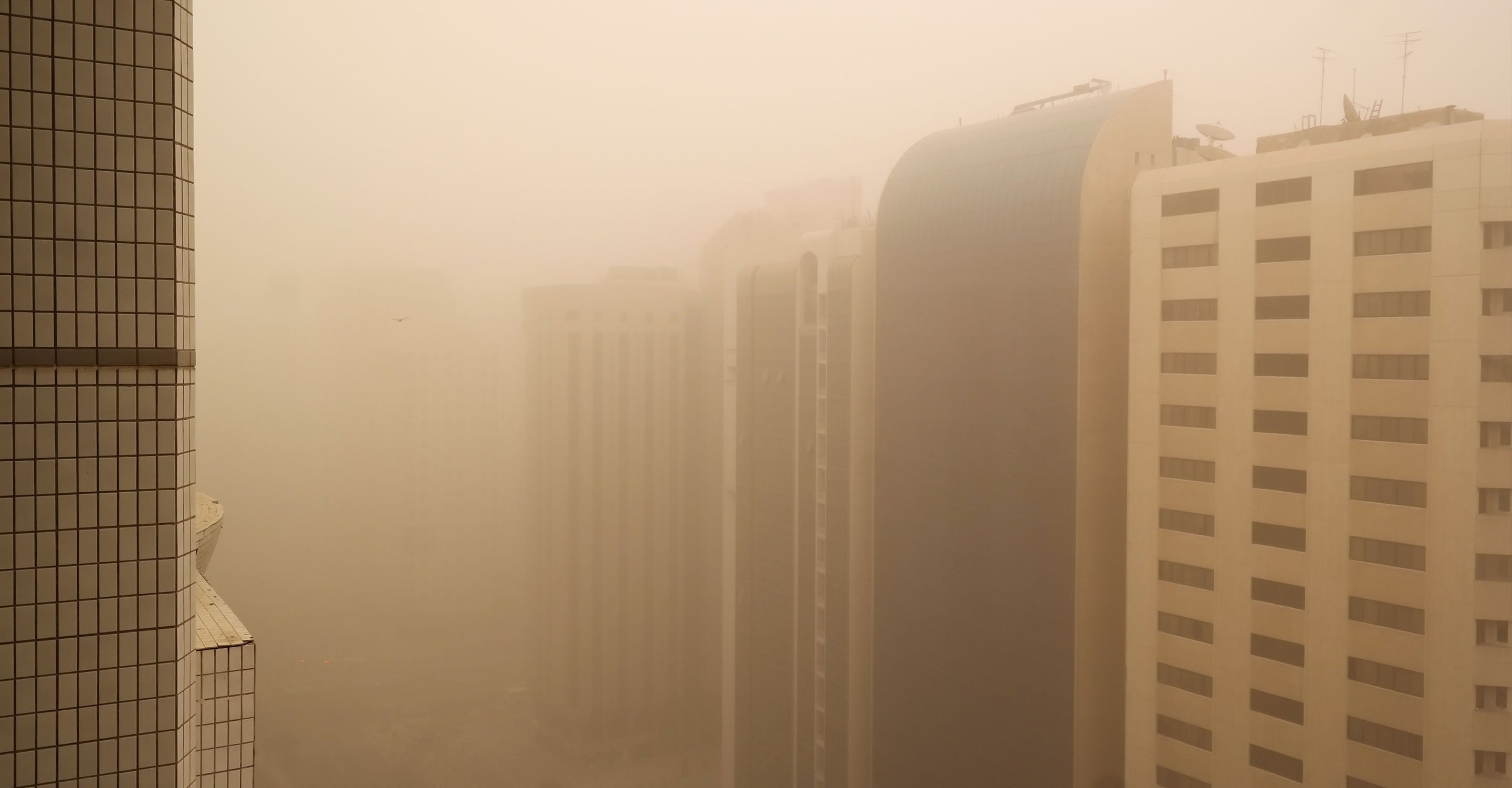Suphan Buri air quality map
Live air pollution map of Suphan Buri
48.7K people follow this city
Full screen
Contributors
1
Stations
1
Contributors category
1
Government
0
Non-profit organization
0
Educational
0
Corporate
0
Individual
0
Anonymous
Most polluted air quality stations
| # | station | US AQI |
|---|---|---|
| 1 | Suphan Buri Provincial Central Stadium | 64 |
community highlight
Suphan Buri most followed contributors
Health Recommendations
| Sensitive groups should reduce outdoor exercise | |
| Close your windows to avoid dirty outdoor air GET A MONITOR | |
| Sensitive groups should wear a mask outdoors GET A MASK | |
| Sensitive groups should run an air purifier GET AN AIR PURIFIER |
Become a contributor
Get an AirVisual Outdoor and contribute to collecting millions of data points for the Suphan Buri map to track local air pollution
Understand air pollution and protect yourself
Suphan Buri MAP AIR QUALITY ANALYSIS AND STATISTICS
What interesting information about air quality is on the air pollution map for Suphan Buri?
The air pollution map for Suphan Buri is accessed from the top of the main city page. By clicking anywhere on the map icon, the map page will open with all the information about the quality of air in the city and its surroundings.
One of the first things a viewer will notice is the overall colour of the map. This colour is a direct reflection of the air quality. The meaning of all the colours used is explained in the legend at the foot of the page. The same colours are used throughout the site in order to keep it simple. The current colour is green which represents “Good” quality air.
The next thing to take note of is the number of coloured circles there is dotted across the map. These represent the location of the ground-level air monitoring stations. They all display a number at the centre which is the US AQI reading from that station. This number is calculated by measuring the levels of six of the most prolific air pollutants found in the city air. They usually include Particulate Matter (PM2.5 and PM10), ozone, nitrogen dioxide, sulphur dioxide and carbon monoxide. Once the figure has been calculated it can be used as a standard when comparing other cities across the globe. It is endorsed by the World Health Organisation (WHO).
Looking back to the main city page, it can be seen that during September 2022 Suphan Buri was enjoying a period of “Good” quality air with a US AQI reading of just 41. The main pollutant measured was PM2.5 with a recorded level of 10 µg/m³. This is exactly twice the suggested target level of 5 µg/m³ as recommended by the WHO.
Directly below the air pollution map for Suphan Buri can be seen the number of stations that contribute to the air quality data. We can see there is just one station controlled and operated by the government. Which is the Thailand Pollution Control Department.
Is there much more valuable information about air quality on the air pollution map for Suphan Buri?
In order to gain access to the full amount of information on the air pollution map, the map needs to be viewed in full-screen mode to reveal all its functions. Once viewed in this way, a drop-down list will appear on the left-hand side of the screen which shows four options. All of these can be turned on or off at will if that makes it easier to understand and see what they do.
The first option indicates the location of the ground-level air monitoring stations which, when selected, will open up another new page which will be dedicated to that specific area of the city.
The second option shows the position of any wildfires that may be burning in the area. In September 2022, there were no fires to show. If there were some fires, then option four needs to be consulted as well because this option shows the wind speed and direction which could help ascertain where the ensuing smoke will travel to.
Option three is the most dramatic as it reflects the quality of the air by colouring the background of the map accordingly. As previously stated, the meaning of the colours used is explained in the legend. Currently, the map is coloured green which indicates “Good” quality air. If the colour seems too confusing, it can be turned off and the map will revert to a more subdued hue.
Across on the far right of the page can be found a table which ranks world cities according to their cleanliness. Some cities may come as a surprise as they are not usually regarded as being heavily polluted.
Are areas of high pollution visible on the air pollution map for Suphan Buri?
As there is only one ground-level air monitoring station in Suphan Buri it is easy to see where the disc is on the air pollution map. Because there is only one, there is no competition so this station is both the most polluted and the least polluted. The station in Suphan Buri is situated at the Suphan Buri Provincial Central Stadium and it currently shows a US AQI reading of 21 which is classified as being “Good”.
Beneath this information is a list of the most popular stations for those with the most followers. The station at Suphan Buri Provincial Central Stadium has just three followers.
Is the source of the polluted air shown on the air quality map for Suphan Buri?
The source of the polluted air is not shown on the air pollution map for Suphan Buri, however, the source of fine particulate matter is caused by a number of factors, such as open burning, construction and incomplete combustion from vehicle engines.
The top 3 sources of pollution from human activities, totalling 83 per cent and all PM2.5 sources are incineration and industrial production.
The amount of crop residues from rice cultivation across the country has an average yield of 26.46 million tons per year, with average rice straw of about 42.33 million tons per year, which is almost twice the amount of production. Farmers often use incineration to deal with plant residues and bags of chemicals, along with soil adjustment because it is the most convenient, easy, cheap and is the fastest method.
PM2.5 is used as a benchmark on the air pollution map for Suphan Buri, but how dangerous is it?
PM2.5 dust is a small particulate matter. Smaller than 2.5 microns, PM2.5 dust, due to its very small size, escapes filtering from the nose and can pass down to the alveoli causing inflammation of the gastrointestinal tract and can enter the circulatory system and spread throughout the body. In addition, PM2.5 dust is often found to be carcinogenic with dangerous heavy metals bound to it.
In the short-term, it can cause eye irritation, redness, nasal congestion, runny nose, cough, allergy and asthma attacks. It also makes pneumonia infections easier to catch and can start dermatitis with an itchy skin rash.
Long-term effects can include worsening lung function, the risk of respiratory disease, heart disease and stroke also increase the risk of lung cancer and cause premature ageing of the skin.
Suphan Buri air quality data attribution
1Contributor
 Thailand Pollution Control Department
Thailand Pollution Control Department1 station
Government Contributor
1 Data source








